Skip to content
Mid-Atlantic Medical Consulting, LLC

Mid-Atlantic Medical Consulting
How to interpret a Complete Blood Count (CBC)
How to interpret a Complete Blood Count (CBC)
--Basic blood testing
Reed Mitchell
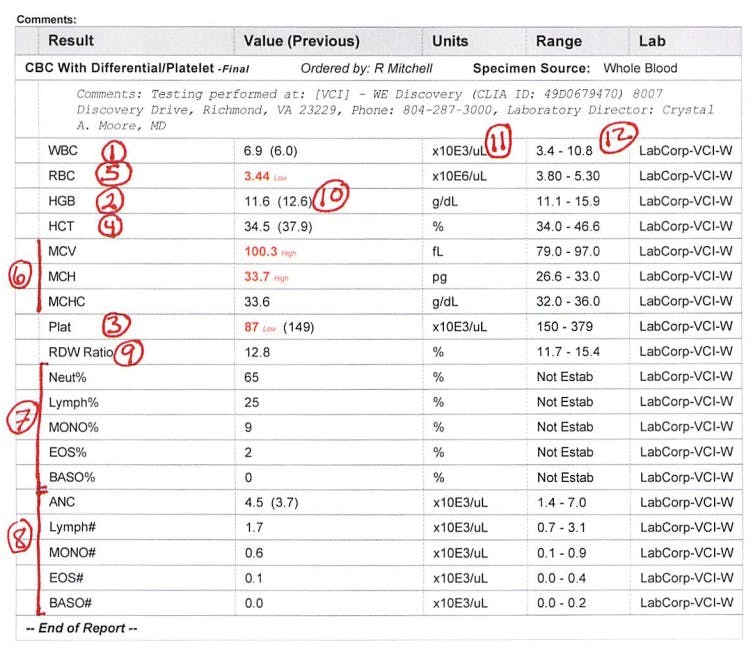
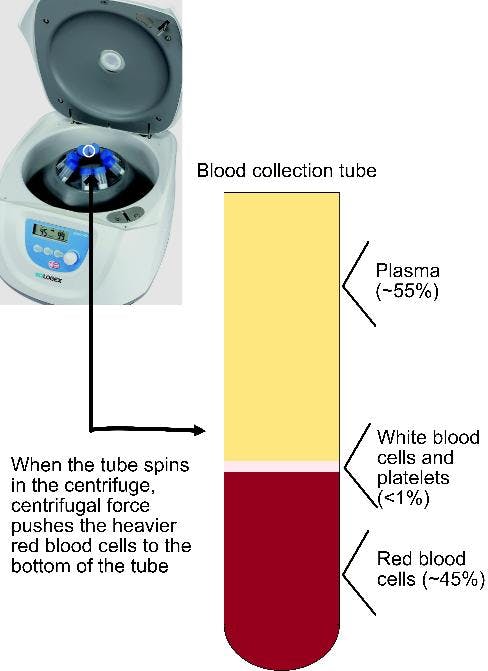
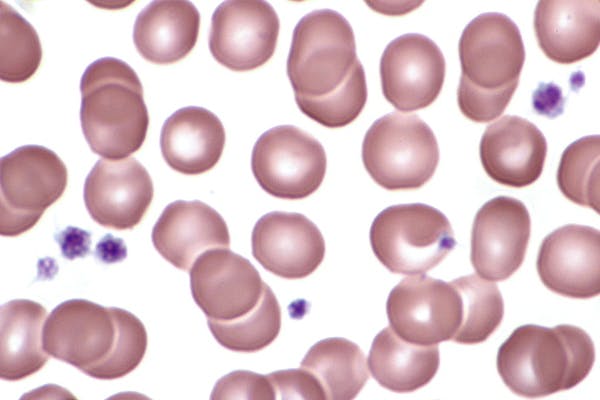
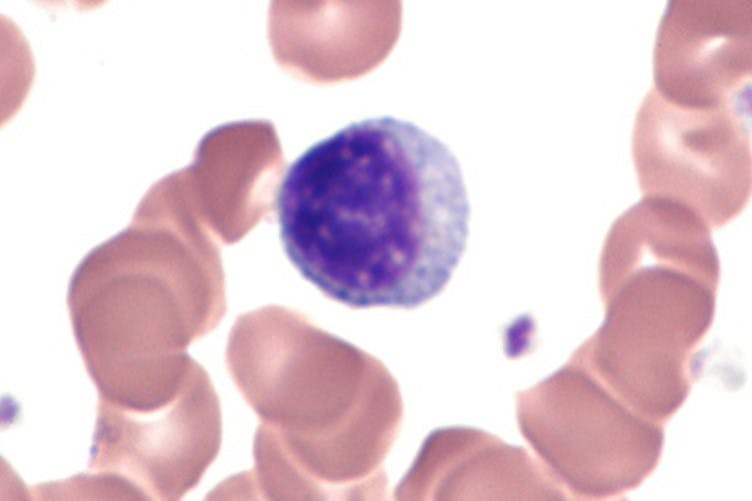
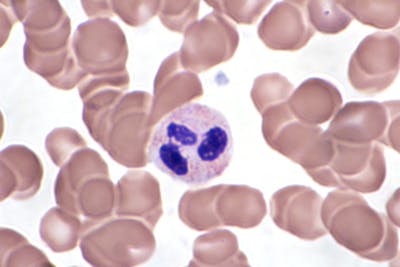
The report to the left shows a CBC report and the the items below refer to the handwritten numbers
Want to print your doc?
This is not the way.
This is not the way.

Try clicking the ⋯ next to your doc name or using a keyboard shortcut (
CtrlP
) instead.